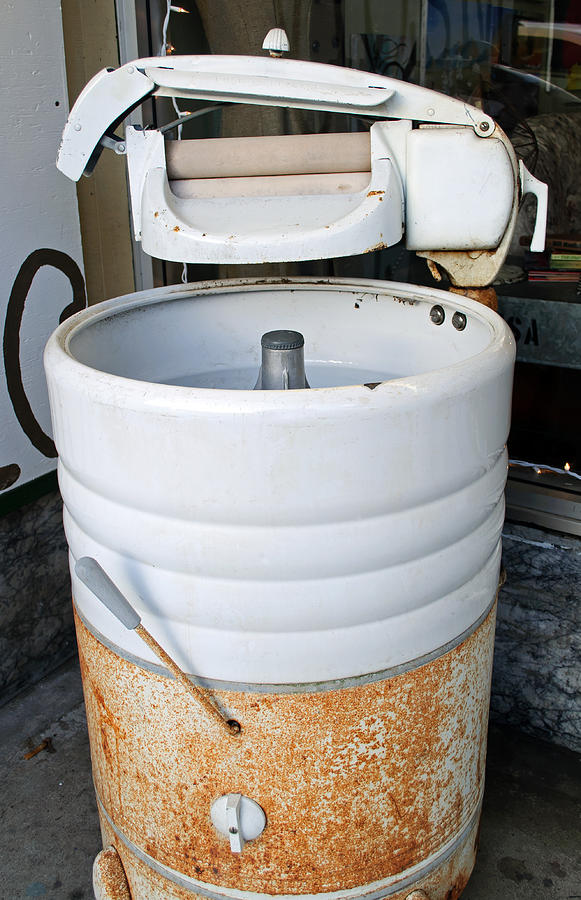
Many of these machines featured a power wringer, although built-in spin dryers were not uncommon.Ī large number of US manufacturers introduced competing for automatic machines (mainly of the top-loading type) in the late 1940s and early 1950s. Spin dryers were introduced to replace the dangerous power mangle/wringers of the day.īy 1940, 60% of the 25,000,000 wired homes in the United States had an electric washing machine. The mechanism was now enclosed within a cabinet, and more attention was paid to electrical and mechanical safety. However, high unemployment rates in the Depression years reduced sales by 1932 the number of units shipped was down to about 600,000. US electric washing machine sales reached 913,000 units in 1928. Southern Coal Corporation, Bradshaw Mine, Bradshaw, McDowell County, West Virginia. The person using the washer would use a stick to press and rotate the clothes along the textured sides of the basin or container, agitating the clothes to remove dirt and mud. One of the first innovations in washing machine technology was the use of enclosed containers or basins that had grooves, fingers, or paddles to help with the scrubbing and rubbing of the clothes.

In 1782, Henry Sidgier issued a British patent for a rotating drum washer, and in the 1790s, Edward Beetham sold numerous “patent washing mills” in England. Jacob Christian Schäffer’s washing machine design was published in 1767 in Germany. A drawing of an early washing machine appeared in the January 1752 issue of The Gentleman’s Magazine, a British publication. The first English patent under the category of washing machines was issued in 1691. In a fulling mill, the cloth was beaten with wooden hammers, known as fulling stocks or fulling hammers. A posser could be used to agitate clothes in a tub.Īn early example of washing by machine is the practice of fulling. Sometimes large metal cauldrons (a “wash copper”, even when not made of that metal), were filled with fresh water and heated over a fire, as hot or boiling water is more effective than cold in removing dirt. Washhouse in Sanremo, Italy, at about the turn of the 20th century. It was a women-only space where they could discuss issues or simply chat. Washerwomen (laundresses) took in the laundry of others, charging by the piece.Īs such, washhouses were an obligatory stop in many women’s weekly lives and became a sort of institution or meeting place. The job of doing the laundry was reserved for women, who washed all their family’s laundry.

This washhouse usually contained two basins – one for washing and the other for rinsing – through which the water was constantly flowing, as well as a stone lip inclined towards the water against which the wet laundry could be beaten. Water was channeled from a stream or spring and fed into a building, possibly just a roof with no walls. Villages across Europe that could afford it built a washhouse, sometimes known by the French name of lavoir. It is said that the washing machine did more to liberate women in the 20th century than the pill or the right to work or vote.īefore the advent of the washing machine, laundry was often done in a communal setting. Vintage Photos Show the Early Days of Washing Machines, 1880s-1950s


 0 kommentar(er)
0 kommentar(er)
